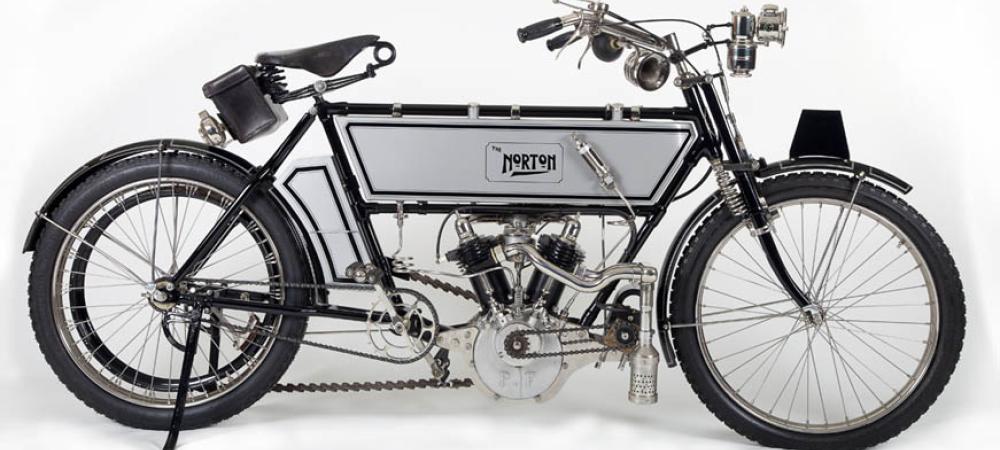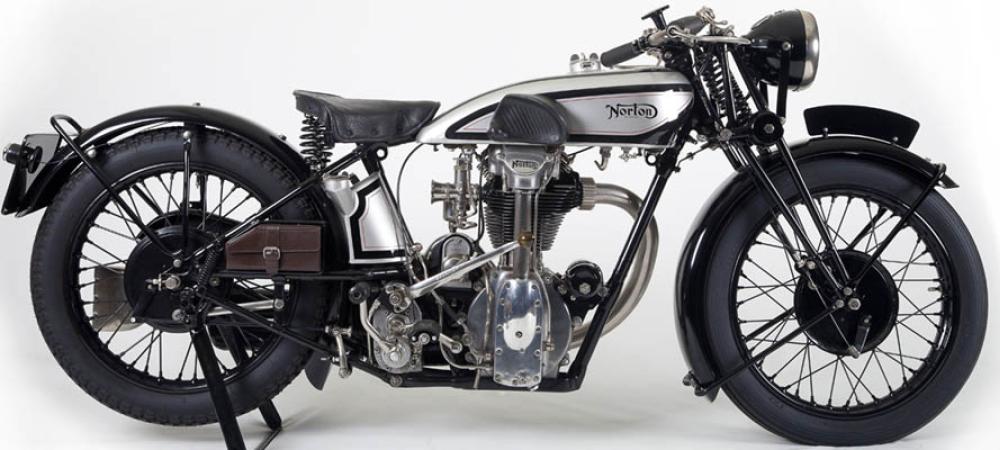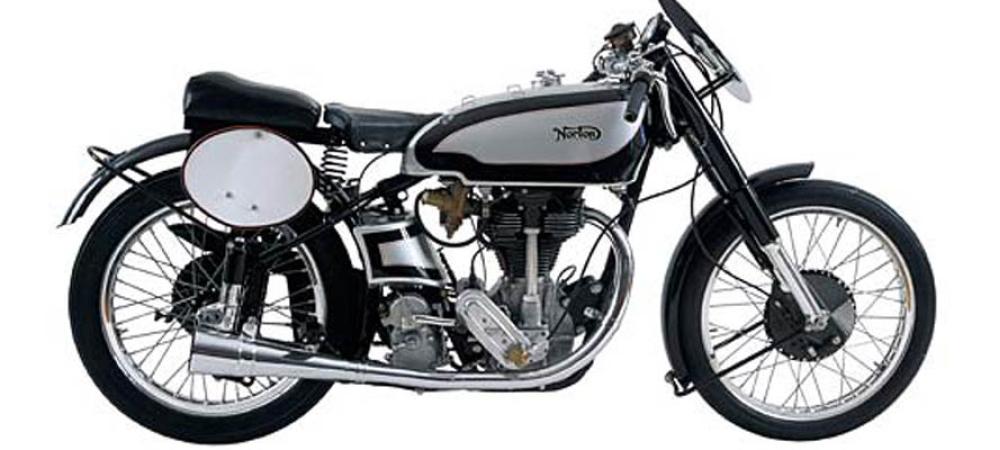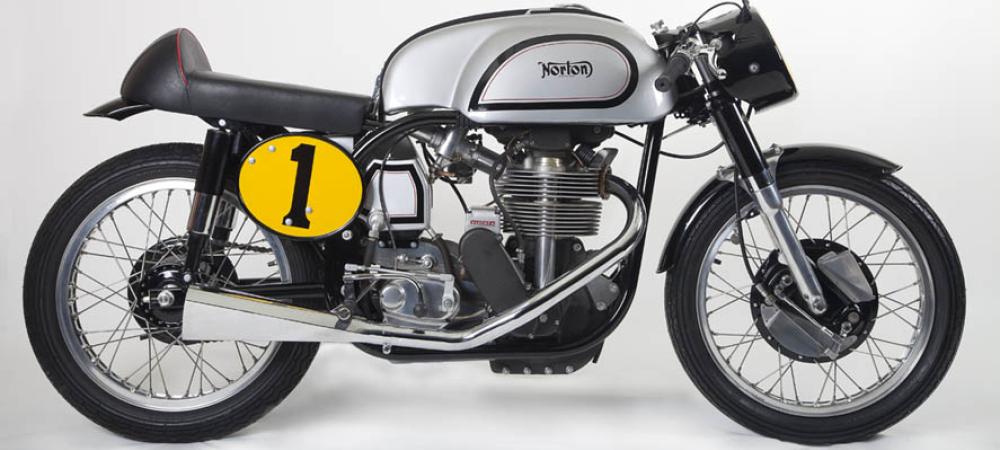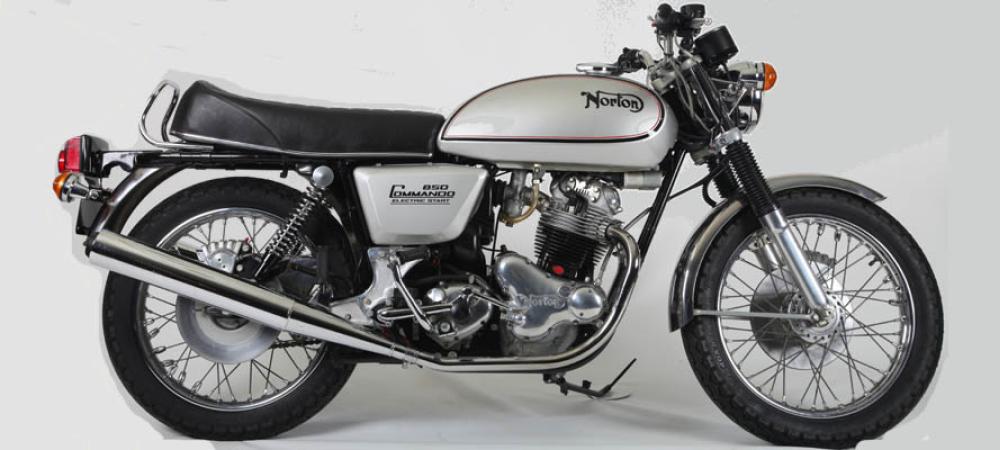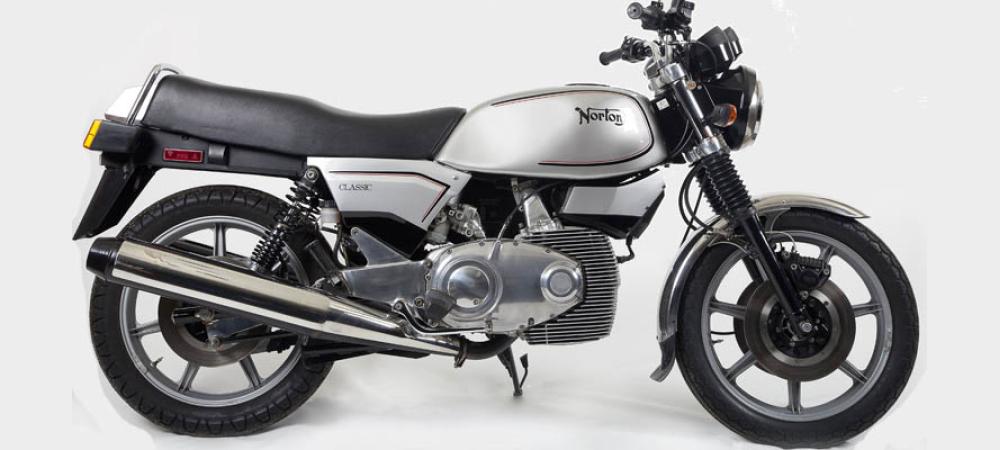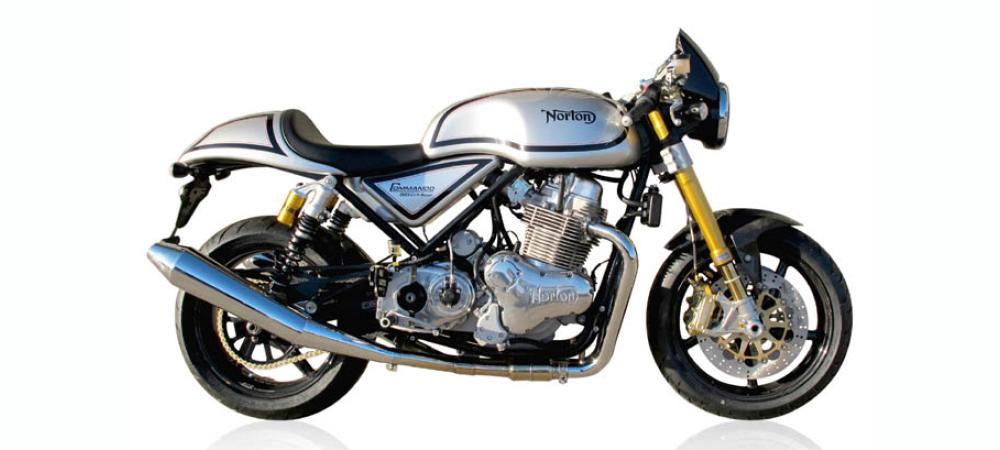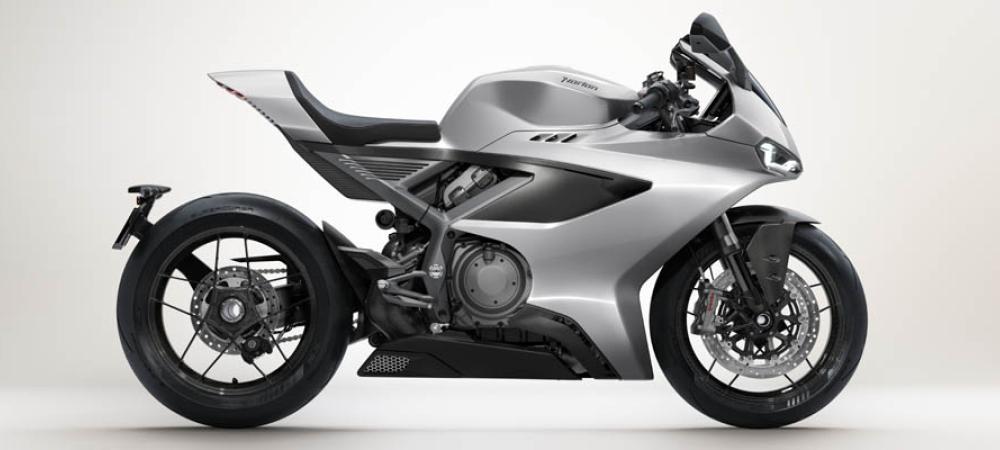THE ATLAS HYBRIDS - Part 2
P11 Series 1967 to 1968
On the 30th. June 1966 a hybrid Norton N.15 C.S. and a Matchless G.85 C.S Scrambler 500cc single were being dispatched from Plumstead for shipment along with many other machines of various types. This day's consignment was part of a huge order numbering many hundreds of machines and also the first models of the only production run of 100 machines of the new G.85 C.S. (earlier machines were built to special order in the competition shop). Nearly all of this complete order was to be shipped via New York to Berliner's New Jersey headquarters, but a few including that G.85 C.S. and the N.15 C.S. were to go on via Los Angeles to the Western distributor, ZDS Motors of Glendale, California, where Bob Blair would be waiting to exercise his skills in marrying up the N.15 C.S. engine and gearbox to the G.85 chassis. The result would be to produce a lighter, faster prototype desert racer, culminating in a production run back at Plumstead of 2500 machines.
The silver-painted G.85 C.S. duplex frame was made from Reynolds 531 chrome-molybdenum thin walled lightweight tubing with sifbronze welded-on sub-frame, a single spine top tube, and malleable steel headstock. It was similar in styling to the Rickman Metisse. The swinging arm was supported by gusset plates each side as on the ' Featherbed', and bearing on Metalastic bushes also common to that frame. The front forks were the lighter type 'Teledraulic' scrambler unit with the small diameter stanchion tubes. The front wheel was the 1963 Matchless item with slightly increased brake lining area. The hub had the fins skimmed off. The rear wheel was an A.J.S. 7R/Matchless G.50 road-racing type with the hub made of magnesium but was modified to accept heavy-duty spokes lacing an 18" WM3 rim to the conical hub. The two outer rear-brake fins were machined down to give clearance for the rear chain and the brake air vents were blanked off. It was a very purposeful looking machine but the 500cc single engine was not powerful enough to be competitive in 200 to 1000 mile desert races. Although the Atlas Scrambler had been competitive at the time, its successor the N.15 C.S. was proving to be too heavy now in comparison with other manufacturers' scramblers and so Bob Blair envisaged the G.85 C.S./Atlas as the answer.
On receiving the machines he set about the engine change. The front frame engine lugs of the G.85 were repositioned; the right hand one had to be removed and re-sited upside down, dural main plates were cut and obviously after a few fittings the engine, complete with gearbox, slotted snugly into the frame. The main chassis including the forks and wheels were untouched. The primary chaincase from the N.15 C.S. was modified to provide an extra support for the footrests which were non-folding. The N.15 C.S. petrol tank was fitted in place of the glass fibre G.85 C.S. tank. Special parts made were a central 10 pint aluminium oil tank, lightweight air filter body in aluminium, alloy head steady, alloy sump guard tray and a pair of beautifully contoured high level exhaust pipes.
A huge 'U' brace was made to strengthen the forks, an alloy rim was put on the front wheel for lightness in this area, and suddenly the machine was ready for testing by Mike Patrick and Tom Maxwell. it was sent out, crashed, bashed, repaired and sent out again and again, day after day, into the desert, until it was sure that they had got it right. Then the footrests were taken from the N.15 C.S. rolling chassis, the support arms were cut off leaving the folding peg assemblies which were welded on to steel braces, fitted, and then the whole machine was shipped back to Plumstead complete with Bob Blair to explain to the factory what was required in order to evaluate a production run. It went into the experimental department where it was stripped down and closely examined. John McLaren helped in this work.
Engine Nos. 121007 to 129145 - Total approx. 2500
In March 1967, the first production model P.11, 121007, had rolled off the assembly line and was wheeled outside for photographing. It had collected stronger front forks with standard scramblers internals (very unsuitable for the road) to the prototype, larger 3 gallon petrol tank with the round plastic Norton badges, neat little vestible silencers, and lights. However the G.50 rear hub had been replaced with the standard Matchless road type albeit with the fins skimmed off so that it paired with the front. The machine had alloy guards, the rear short guard supported by a loop at the rear. The loop was fixed into the end of the subframe top tubes via alloy reducers. The front of this short guard was supported on tabs welded to a sturdy cross-bridge which was part of the subframe just behind the back of the seat. The black covered single seat also had a black glass fibre base, (the identically shaped G.85 C.S. seat had a red base), which was formed on the underside to continue the mudguarding up to the oil tank, the rear of which also formed the forward section of mudguarding. Apart from the oil tank, this rear section was virtually identical to the G.85 C.S.
The magneto and Monobloc carburettors on the prototype were lost to twin coil/capacitor ignition and Concentric carburettors. The machine was equipped with speedometer and tachometer, a sump guard in alloy, but without the sides that were on the prototype. There was no provision for a centre stand. The petrol tank and alloy oil tank were painted in Candy Apple Red. The frame was in black. The oil tank had been reduced in width at the left end to make room for a battery; the weight of the machine was said to be 360lbs. This particular machine, 121007, was being photographed without a battery cover. The prints were then taken to the publicity department where they were subjected to some very clever artwork. This was to be for the brochure and the artwork involved painting in a side cover on to the prints which showed a very pleasing wedge shaped form (similar to the Commando of the following year). The reason for this was that the battery stuck out at the rear so it was impossible to make a cover that would not also stick out. Thus the brochure side cover was an optical illusion. The production covers were more rounded and swept back at the rear end. (Note to restorers: stop looking for that angular cover in the 'high pipe' P.11 brochure - it did not exist). Later batch Matchless P.11 machines were identical to Norton.
So what was wrong with the P.11? After all, the prototype had been thoroughly tested in the desert. The truth was, nothing at all, apart from the now one-sided oil tank splitting along its aluminium seams and fixing mounts. After all the central oil tank on the prototype didn't fail in testing. The problem here was that it was rubber mounted which was fine except that the clearances between the frame tubes were so tight that at high engine speeds, the tank vibrated against the tubes to one side and also when the machine landed heavily after flying over a sand dune, the rider's backside would press the fibreglass seat on to the top of the oil tank, administering more stress to the mountings. Another minor embarrassment was that somebody forgot to include a drain plug. Well the prototype didn't have one, so why should the production models. The aluminium tanks were strengthened and drain plugs were included on the next batch. However the tanks still continued to fracture thus making the drain plugs unnecessary.
Finally a steel tank was designed with rubber mounted clamps and this solved the problem. As mentioned earlier the oil tank was the only problem - as long as all ancillary parts were removed. If the machine was used hard, the headlamp, side cover and few other minor items would become loose and fly off into the desert. Contemporary road tests show that in America the P.11 where it was called the 'Cheetah 45' because of its tremendous acceleration) was very highly rated and some testers were not at all concerned about how much lighter the machine felt after a rugged test. Of course it can be said that the machine was never intended to be jumped with all its ancillary equipment in place. After all it was fitted with coil/capacitor ignition system so the machine could run without a battery. One of the most absurd statements made about the P.11 in this country, where wisely the machine was not available, was that handling of the P.11 was not to "Featherbed standards".
We may presume that the same writer on testing a Norton Atlas would have stated that in the desert the Featherbed was not up to P.11 standards. This first couple of batches used the 4CA points set-up which was not very reliable. The automatic advance/retard mechanism was also very fragile. It gave a very sharp advance curve which was good for racing but too harsh for the road. Thus this caused excessive vibration which helped loosen off many parts as described earlier as well as engine/frame studs. Once again this was quickly corrected by using serrated spring washers on all the engine/frame mounts which bit into the alloy plates. Also a 'milder' auto advance unit was employed and later 6CA contact breakers introduced when the machine became the P.11A in mid 1967. There were about 500 'high pipe' P.11 machines produced when it was decided to cosmetically alter the machine into a street scrambler rather than a desert racer.
The P.11A had a low level exhaust system that kicked up quite sharply at the rear and was fitted to long tapered silencers with detachable end caps and detachable baffles should the rider wish to enter a club event. The tank was usually in Candy Apple Red but had now shrunk back to 2 gallons and used a 'green ball' Norton Villiers transfer in the centre. The tank was not lined. Some P.11A machines were finished in non-chromatic blue. The seat was as on the P.11 with a fibreglass base which was moulded on the underside to continue the mudguarding up to the oil tank but was now long enough to carry a pillion passenger, but at the expense of the sturdy cross-bridge on the rear sub-frame being omitted. This necessitated a cross strap on the rear mudguard loop on which to attach the guard. The rear light unit was now housed on an aluminium casting. Early models still used alloy mudguards but later models used chrome guards. The machine became the P.11A/Ranger 750 at this time but now had a steel-based seat with plastic-chrome bottom edging. This seat required the use of a longer chrome rear mudguard as it was not formed to be part of the guard system as was the P.11 and P.11A. The petrol tank was now gold lined with Norton transfers and the 'green ball' was dropped. The handlebars of the P.11A and Ranger 750 models had the cross-brace higher than the P.11 and G.15 machines.
The last model, only 20 months after the launch of the series, was the Ranger 750; a name at last. This was the same as the P.11A/Ranger 750 except the hubs were not skimmed, a Ranger 750 transfer on the oil tank and battery cover, stronger side-stand mounting brackets, front brake stop-light and pillion strap over the centre of the seat. The frame number on the P.11 series is on the lower left of the malleable steel headstock as on the G.15 series, but on the G.85 it is on the right, whilst on the Ranger 750, it is near the front of the headstock with matching gearbox number.
Probably the most complicated job on a P.11 is putting the engine/gearbox unit back into the frame and assembling the eleven spacers in the correct position. If this is not exactly right, the engine will be out of line and the rear chain will foul. Also the prop-stand bracket will not abut against the left hand engine plate and will swing round, causing the machine to fall. During its short production run the P.11 series used 3 variations of petrol tanks, 5 variations of oil tanks, 4 variations of side covers (all basically the same shape but with various recesses for clearance and different fixing points, 3 different prop stands (the Americans like to start their machines on the side stand), 3 different seats and 5 different rear mudguards (3 alloy and 2 chrome).
In the interests of safety it should be noted that the high-pipe P.11 machines left the factory with scrambles front forks. For road use the main springs and damper tubes should be changed. Buffer springs and collars should also fitted as on the P.11A from approx. 124370. However this still only gives a compromise and care should be exercised when negotiating fast bends. Another point of safety concerns the rear hub. There must be a small amount of play when the bearings are adjusted. The adjuster locknut must be supertight and the speedometer gearbox regularly greased. If any of these points are ignored, the rear wheel will lock up possibly 'totalling' the machine, complete with rider.
As mentioned earlier the oil tank was a very tight fit in the frame. The later steel tanks were gas welded and sometimes with heat distortion they would not fit into the frame on the assembly line and were scrapped. The factory made new pressings with a raised seam to join the outside to the main tank and these were lip welded and did not distort on cooling. The series was halted before they were used so these tanks were put into spares stock. By this time the Commando had been in production for several months and sales were extremely encouraging, therefore it was decided to cease production of the P.11 series to concentrate on increased orders for the machine with a better sales potential. And so that concluded another series which ruled the desert for a couple of years. The first Commandos used some parts from the G.15 series, many ideas from the P.11 series, an engine developed from the Atlas, a frame designed by an outside engineer and was built in the old AMC factory by Matchless men. Oh no - not another hybrid.
© Hycam
Originally published in the Norton Owners Club Classic Calendar for 1994

